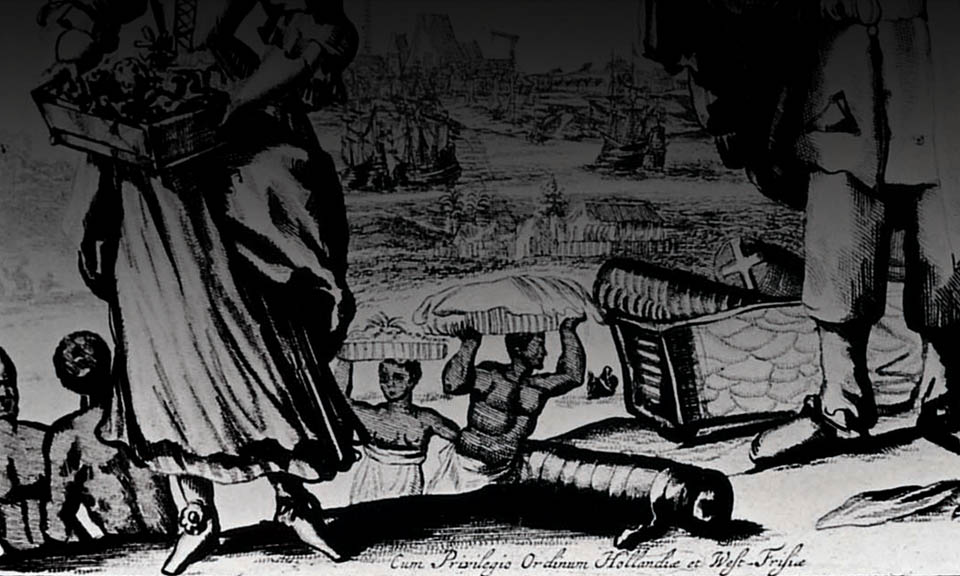1400 – 1599
Africans in the New World
By the 15th century, Europeans knew Africa as a place of complex cultures and rich trading networks. However, after Christopher Columbus’s voyages to the Americas, European traders shifted the focus of their business in Africa from goods to labor sources. The practice of capturing and enslaving Africans for use as colonial labor was encouraged by European colonial powers and the Roman Catholic Church.
1300 – 1400
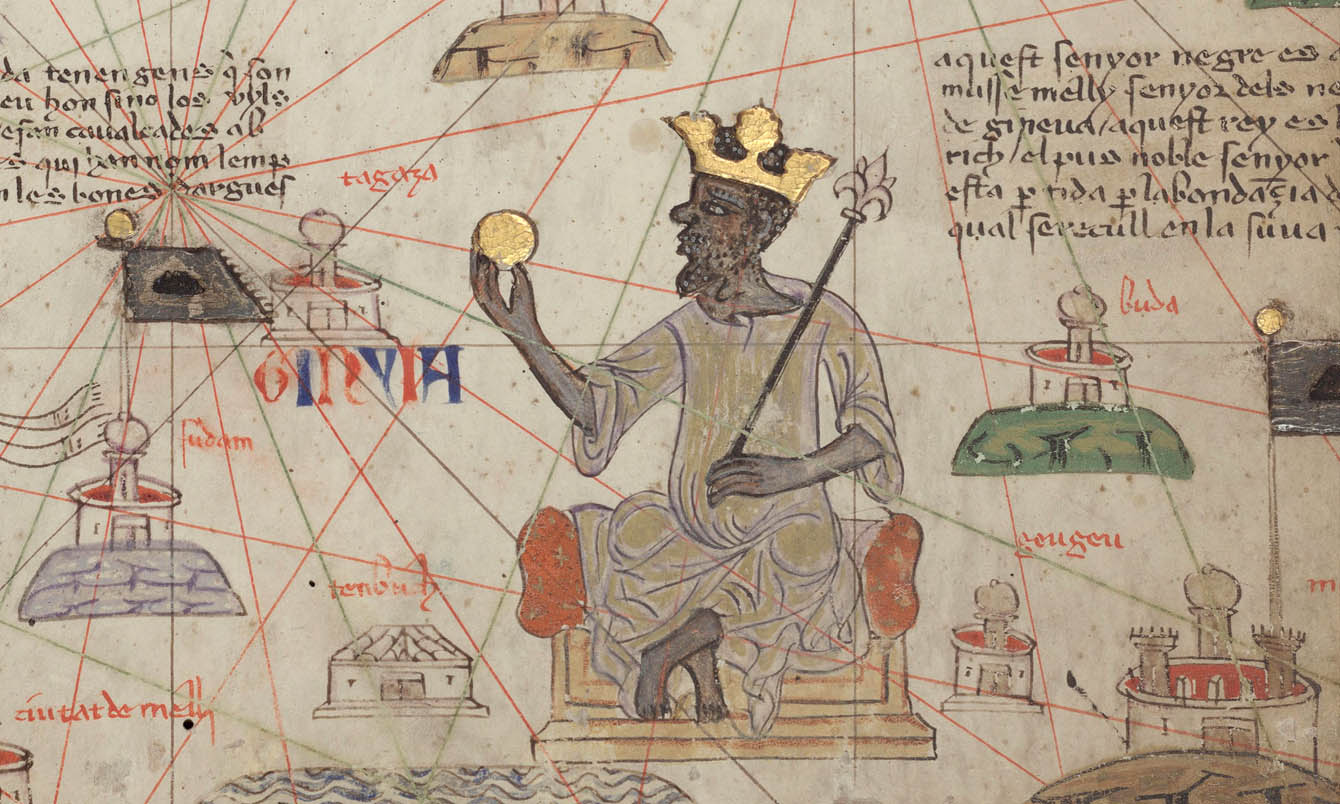
European traders rely on trade with Africa for spices, silk, gold, ivory, and salt. Scholars from around the globe make pilgrimages to Timbuktu, in present-day Mali, which was a center for scholarship and learning.
1441
Encouraged by Prince Henry of Portugal, sailors reach the west coast of Africa. They kidnap 12 Africans to present to Prince Henry, carrying out the first recorded enslavement of African people via an ocean-going ship.
1446
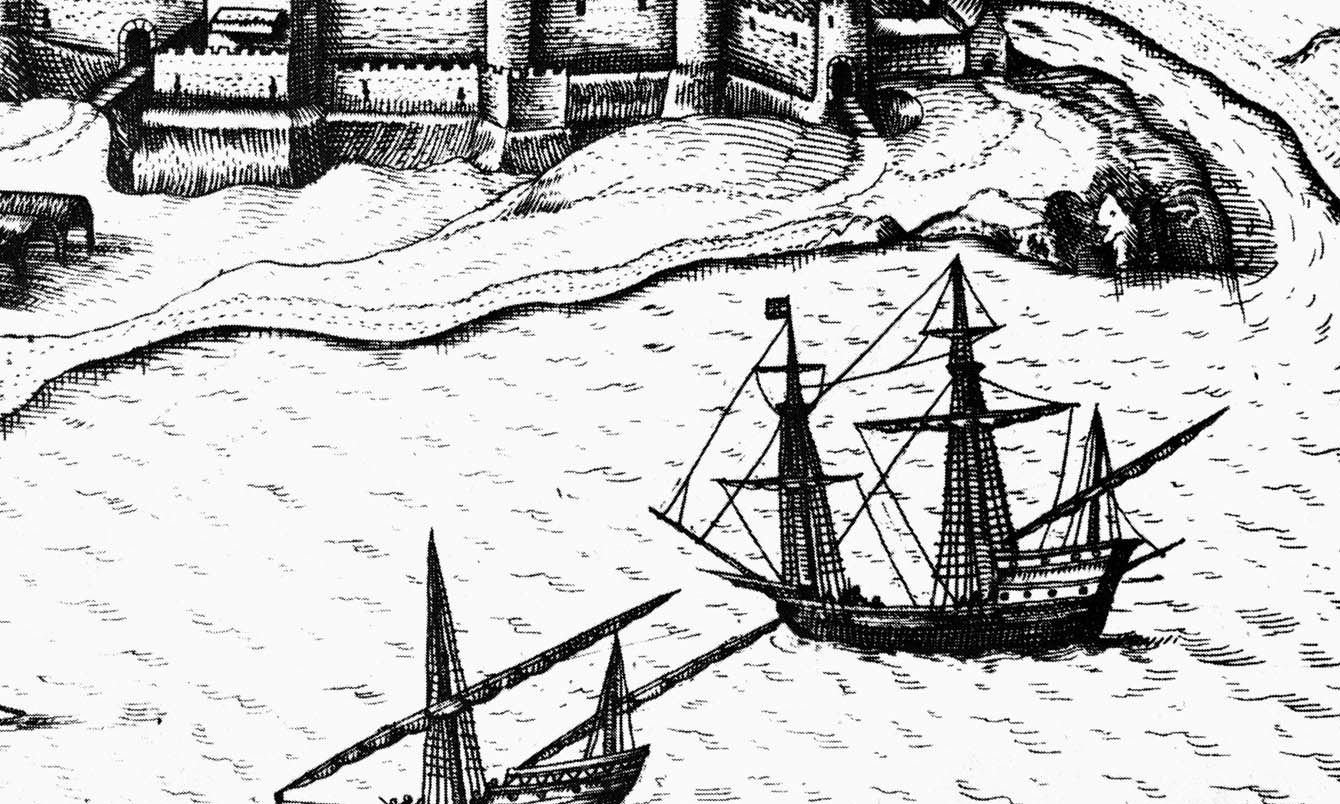
The Portuguese establish a sea trade along the West African coast, focusing on African captives, gold, and ivory.
1451 and 1455
Pope Nicholas V grants King Alfonso V of Portugal the rights to the sub-Saharan slave trade (1451), and issues an edict condemning all non-Christian Africans to enslavement (1455).
1482
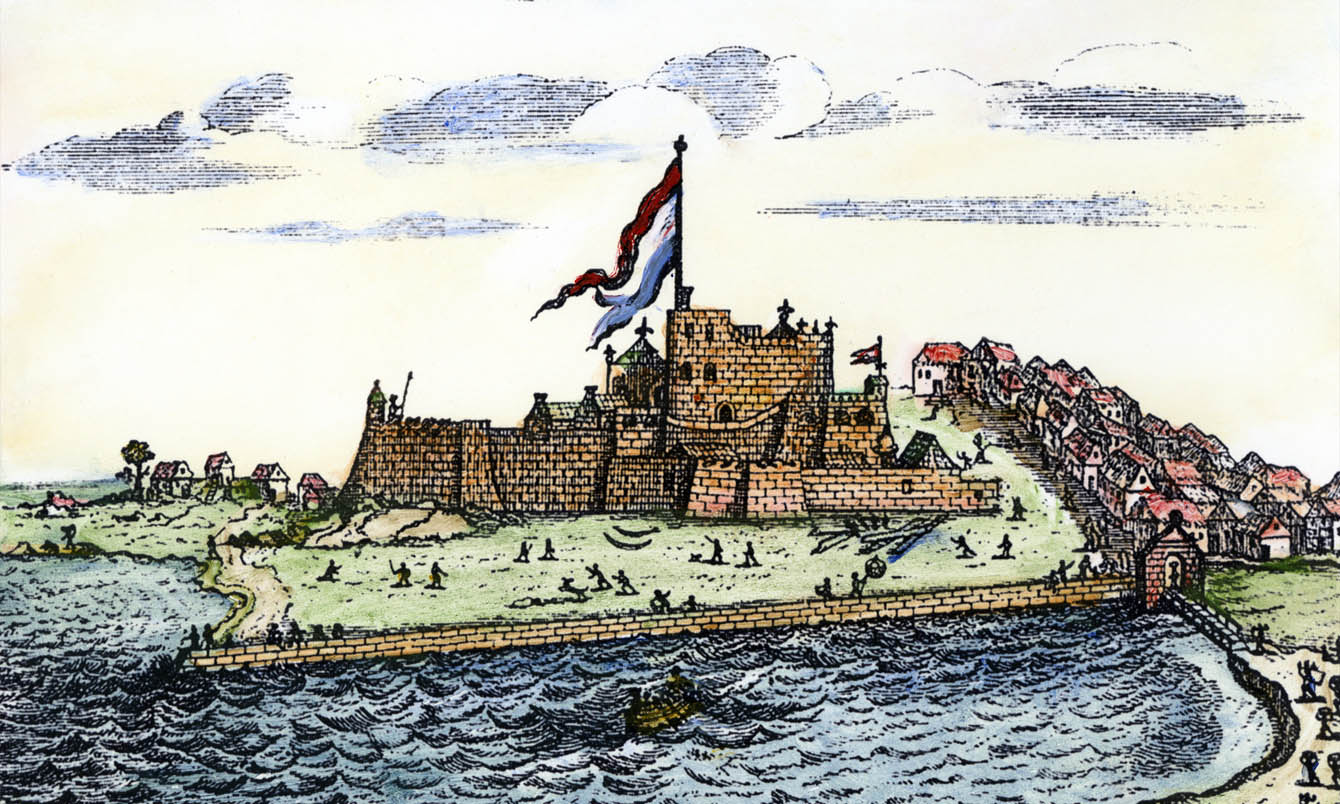
Portugal constructs the infamous castle at El Mina in present-day Ghana. El Mina’s dungeons were used for centuries to imprison African captives before they were transported to the Americas.
1492
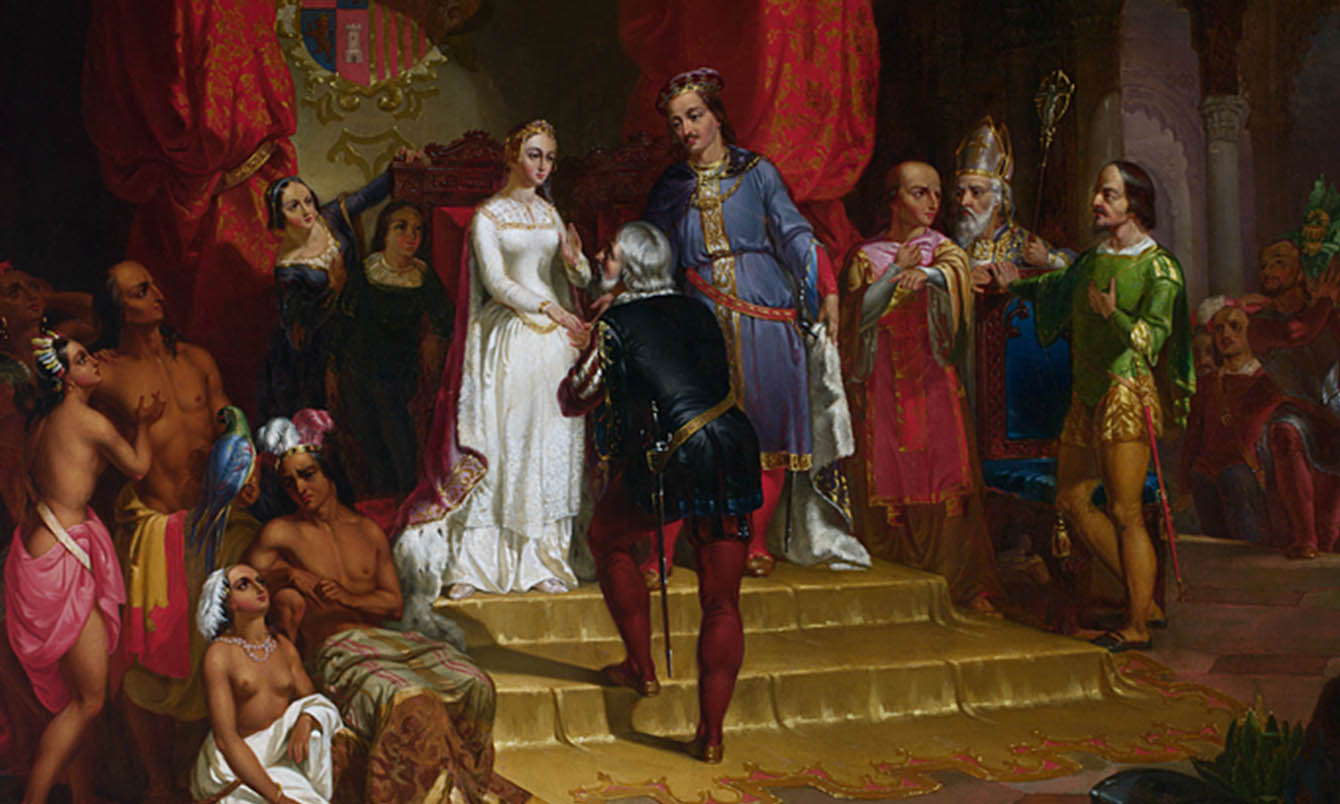
Christopher Columbus and crew, including two captains of African descent, Juan and Pedro Alonso Niño, explore several islands in the Caribbean on behalf of Queen Isabella and King Ferdinand of Spain.
1493
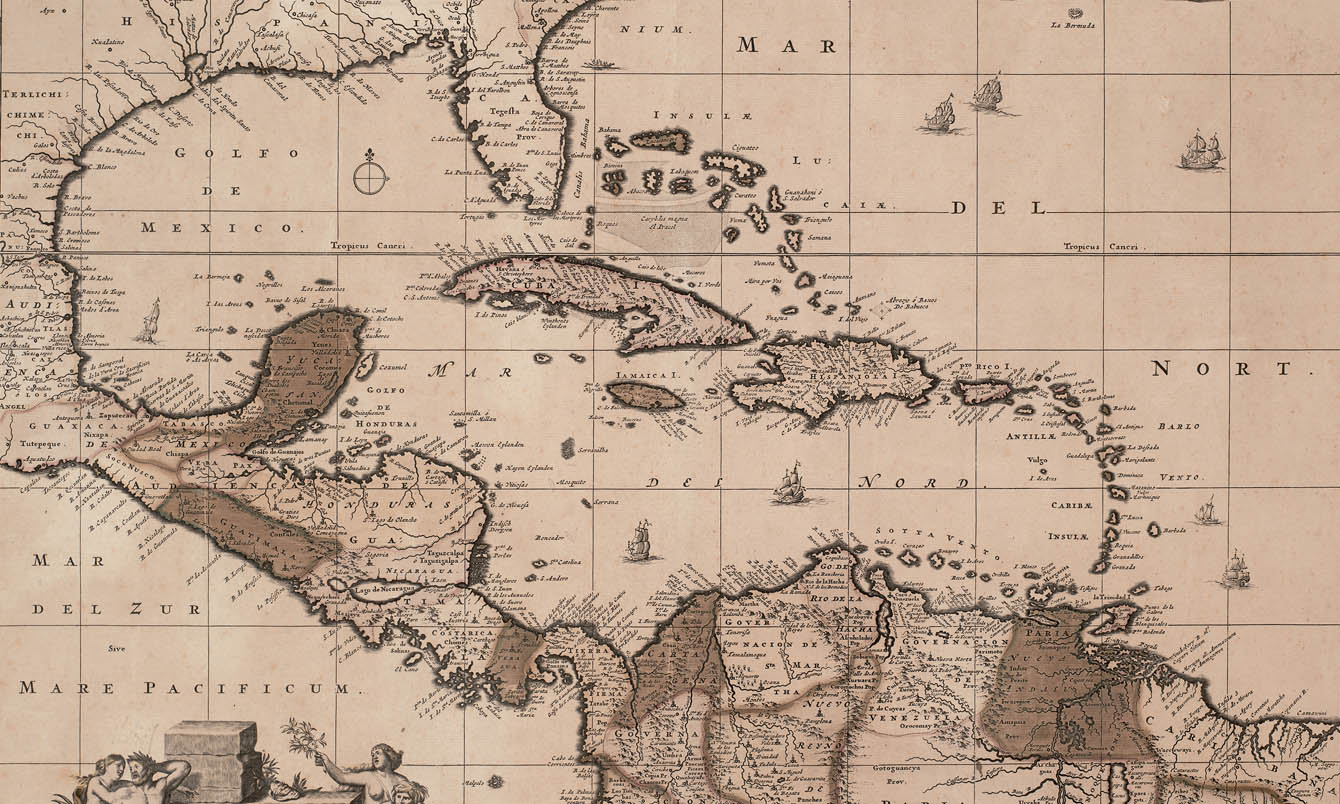
Columbus orders the capture and enslavement of over 500 indigenous peoples of Hispaniola (the island that includes present-day Haiti and the Dominican Republic).
1500
The first African captives are forcibly transported to Hispaniola by Spanish colonists.
1516
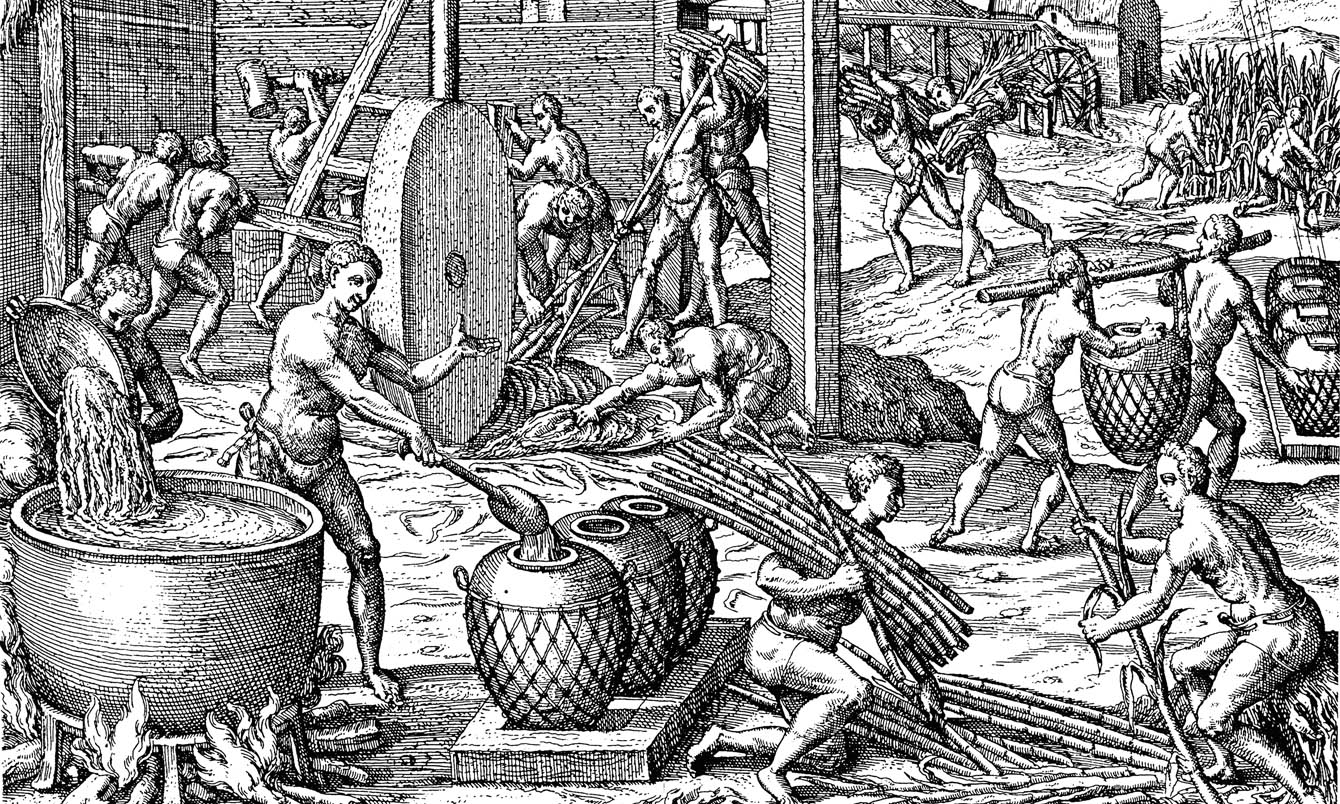
Spain constructs the first sugar mill in the Americas on Hispaniola. Sugar mills were dependent on enslaved labor to grow and process sugarcane.
1517
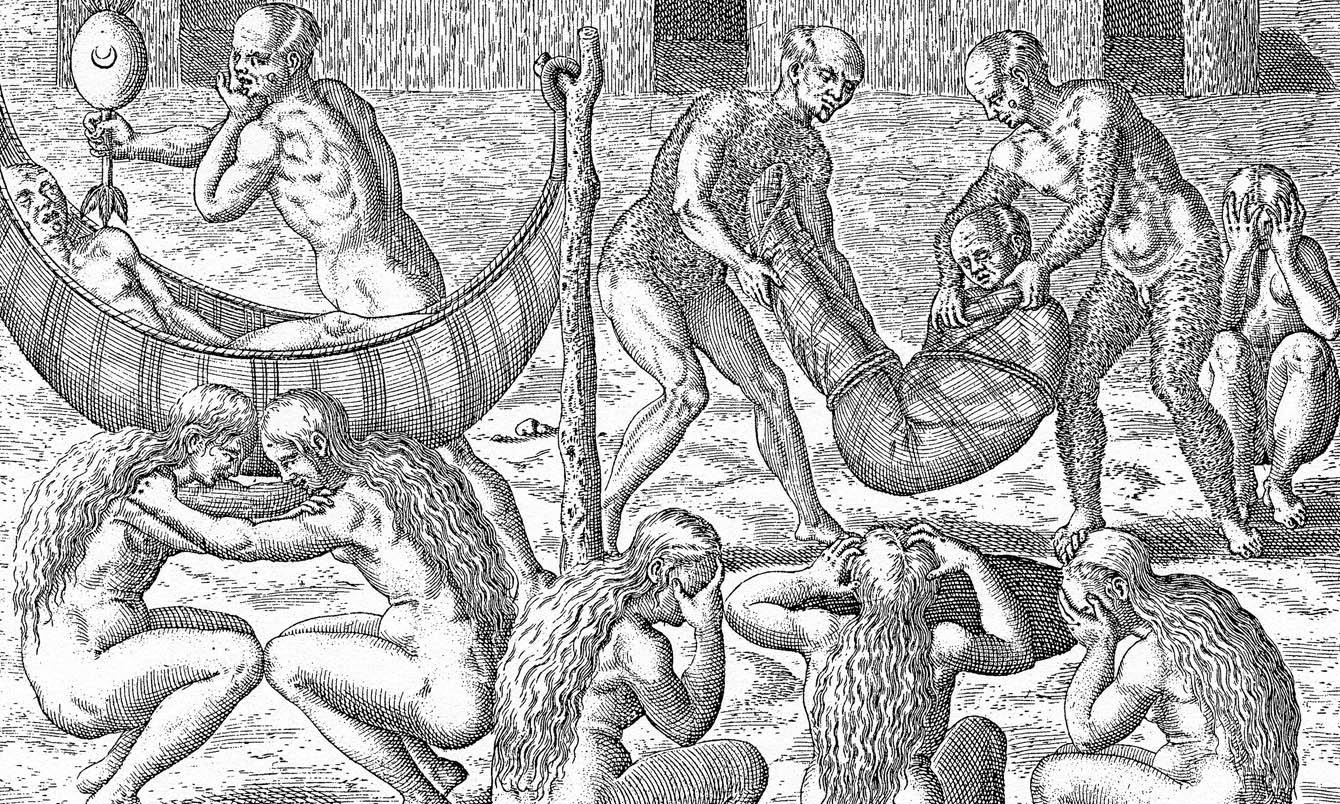
After only 25 years of European contact, more than 200,000 Native Americans have died. These casualties are due to disease and warfare in the West Indies and other Spanish and Portuguese colonies.
1517
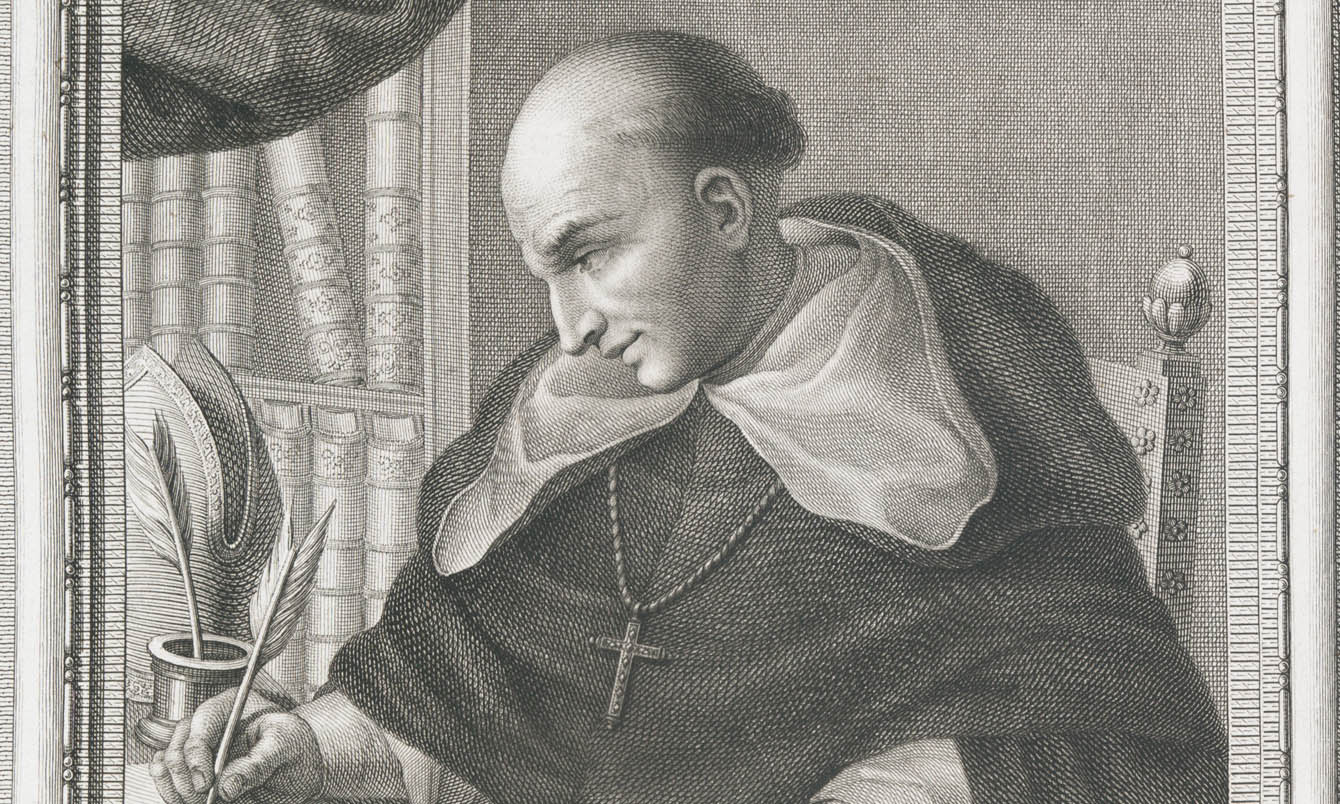
Spanish priest Bartolome de Las Casas issues an edict against the use of indigenous labor in Hispaniola. De Las Casas petitions Spain to allow for the importation of 12 African captives for each household.
1526
Spain establishes a small settlement at San Miguel Gualdape in present-day South Carolina with enslaved African laborers. After six months, the laborers rebel and leave to live with local Native Americans.
1526
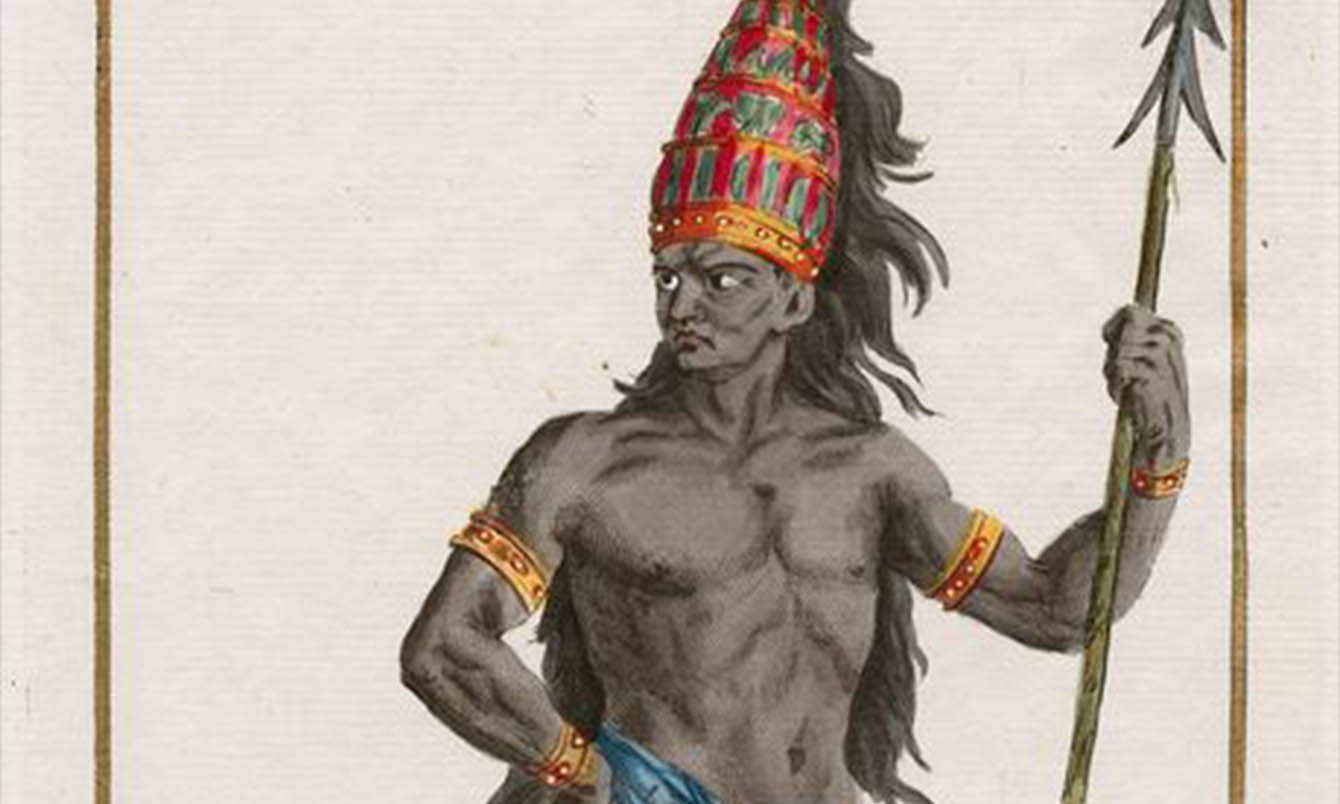
BaKongo (Angola and Congo region) King Afonso I sends the first of several formal protests from Africa to Portugal against the trade in African captives.
1542
King Charles I of Spain makes it illegal for colonists to enslave Native Americans. The importation of African captives increases as a result.
1555 – 65
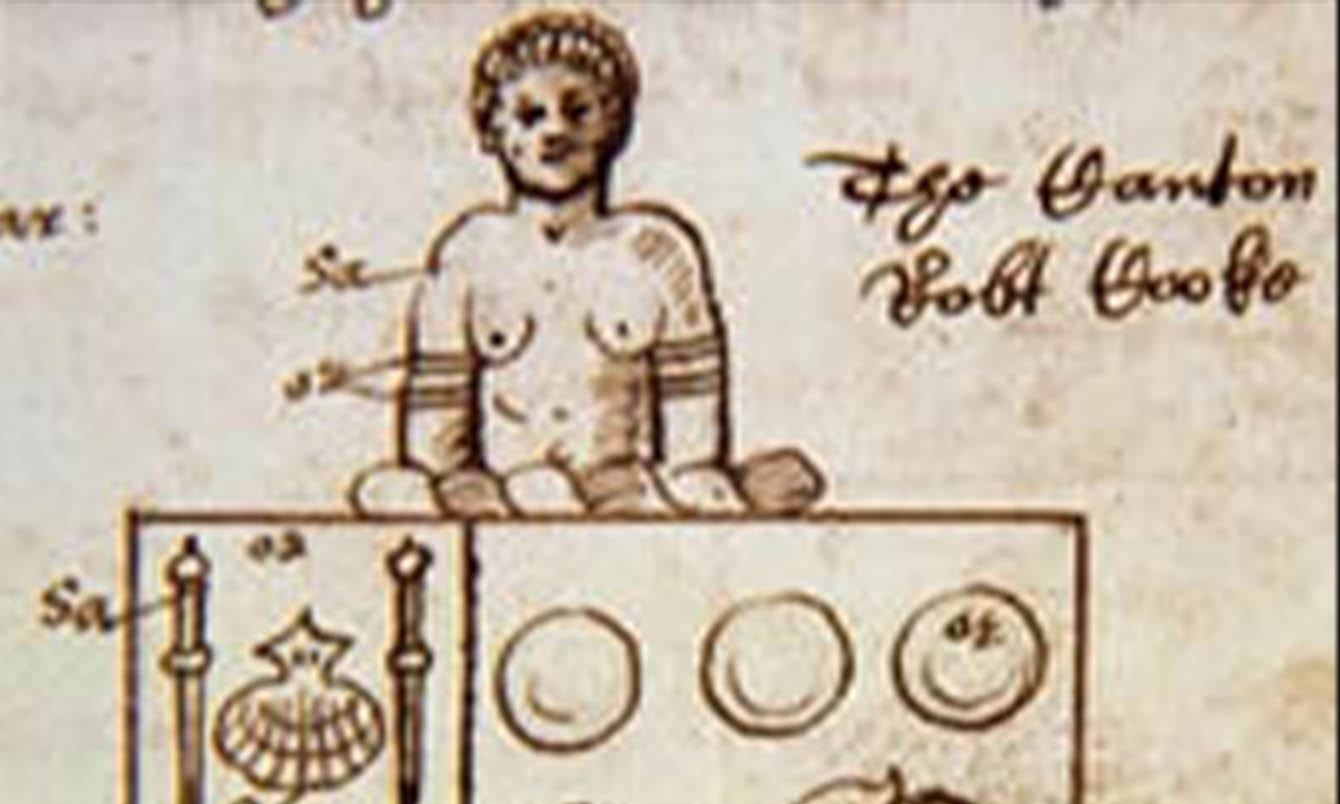
English voyages to Africa for the purposes of trading in enslaved people begin, first under the command of John Lok and later under John Hawkins.
1599
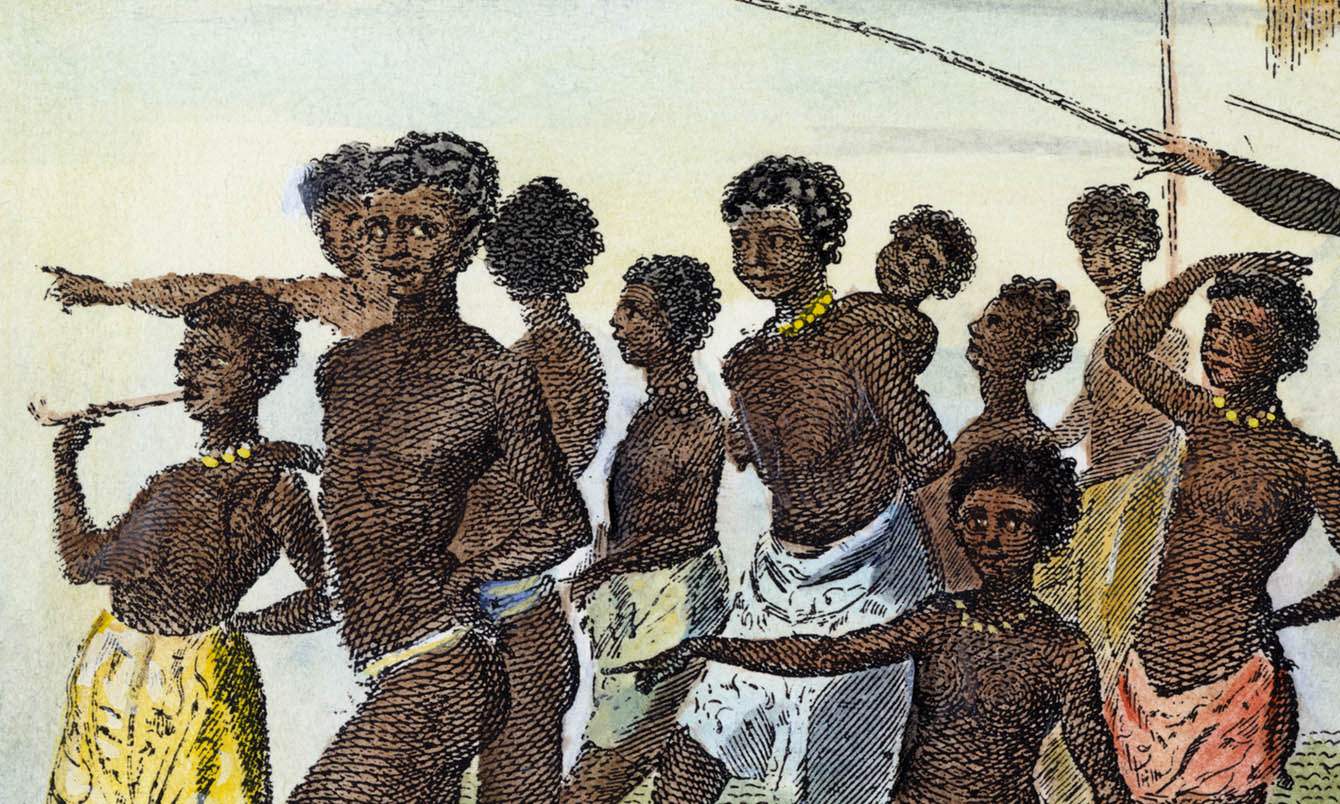
By the end of the 1500s, kidnapped Africans made up a significant portion of the transatlantic trade. These captives were intended as forced labor for Spanish and Portuguese colonies in South America and the Caribbean.
TimeMap
Next
To continue this experience please view People Not Property on a larger screen or horizontal device.


